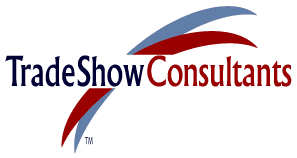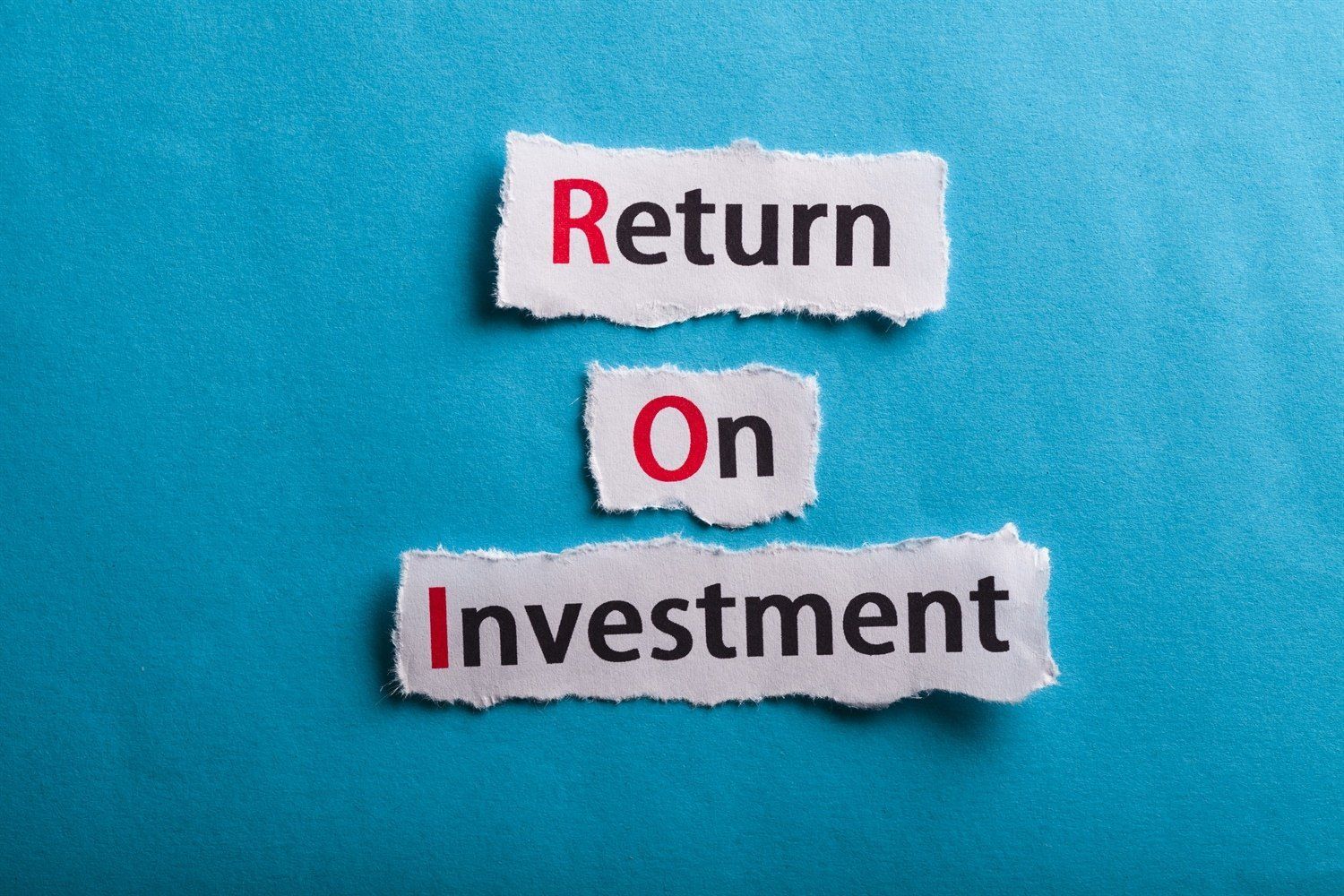10 Reasons Why Trade Show Exhibitors Often Fail to Justify Time and Expense Invested
1. Accurate timely planning and budgeting.
From selecting booth space, scheduling exhibit materials, developing effective product presentations, to arranging show logistics, transportation and show services, all trade show planning should be accomplished within a relaxed, well managed time frame or problems, cost over runs and frustration will take center stage and hamper the chances for a successful trade show experience.
2. Establishing clear goals and objectives.
Without a plan backed by management which includes goals, objectives, budgets and individual responsibilities, there is little chance that an exhibitor will find success on the trade show floor. Management must be provided appropriate opportunities to interact with the trade show planning function at a time when adjustments can be made without causing major budget or logistical problems. Making changes on the trade show floor is about 6 months too late to do anyone any good.
3. Utilizing appropriate exhibit space.
Too little space wastes selling opportunities. Too much space wastes money and resources. Determining the right size booth space and exhibit should be established by carefully analyzing what is needed to effectively present and demonstrate product, process sales leads, quietly confer with customers and operate the exhibit for the duration of the show. Considering each trade show contact in the context of making sales calls in the field is a good start in determining how much time, money and space is required to meet your established sales lead quantity and quality targets.
4. Effective exhibit design and production.
The exhibit should tell prospects who you are, where products are located and something about key products presented. The exhibit will not take the place of your sales, technical or management teams on booth duty, nor will it close any sales. Depending on the exhibit alone to ensure any measure of trade show success will only be disappointing. The exhibit should simply set the stage for people to do business with each other one at a time. While you want the exhibit to attract your targeted prospects to seek more detailed product information and invite them to visit with your booth personnel, it should also act as a visual communications screening tool that from the aisle permits your non-targeted prospects to walk on by.
5. Enlisting top management support before and during show.
There is no better environment for top management to demonstrate its commitment and experience to a business than on the floor of a trade show exhibit. Top management should be encouraged to lead by example and take the opportunity to work a booth side by side with the exhibit team adding credibility and substance to the overall exhibit presentation. Consider how impressed a prospect or customer would feel being introduced to the President of an exhibitor, who guarantees complete satisfaction, excellent after sale support and seals the commitment with his/her hand shake.
6. Selection, scheduling & training exhibit personnel.
Only top sales and technical people should be invited to represent the company at major trade shows. It should be viewed as a privilege and an honor to be asked to work an exhibit and have daily access to top management, important prospects and key customers. Having uninspired people work an exhibit sends the entirely wrong message to important prospects and customers. It’s far better for everyone to leave those types at home. A pre-show meeting provides marketing, sales, top management and the trade show manager an opportunity to present the exhibit team with pertinent product, corporate and strategic marketing information. Similar meetings at the end of each day will also aid in keeping the exhibit functioning properly and the shows goals and objectives on track.
7. Dynamic product presentation.
Simply placing product on the back wall or on a pedestal of your exhibit is not be enough to present its unique features and benefits in a fashion that compels a prospect to want to learn more. Whatever your imagination can develop to bring the product to life must contribute to further the selling process and deliver a prospect who is well informed and motivated to seriously consider owning your products.
8. Immediate prospect follow-up.
When a prospect commits to asking for more detailed information, the exhibitor should feel obligated to ensure that the information requested is delivered within 5 working days of the show, complete with follow-up confirming receipt and an offer for additional support. Not following up on the promise to send additional information not only demonstrates the lack of service the prospect might receive after the sale, but opens the door to your trade show competitor who did make good on the promise and will most likely stand a better chance of getting the business.
9. Lack of experienced trade show exhibit management.
The trade show environment demands exhibit managers who are dedicated, trained and well respected in the industry. The myriad of logistics, details and decisions associated with a single major trade show can only be successfully managed if the manager is supported, motivated and appreciated 365 days a year. The job is much too challenging for management to simply assign anyone the task of managing trade shows.
10. Conducting post show evaluation with recommendations.
If you failed to meet some of your goals at this years trade show, you’re doomed to fail again unless you completely evaluate what happened, why and what is needed to improve. A post show follow-up session with the same managers who attended the initial planning meeting is essential and should be staged within one week after the show. Soon after that meeting a document should be produced outlining what is needed and the process of improving the next show should begin at once.
In an effort to develop a new and improved trade show function, it’s best to first focus on the company’s most important show which usually attracts its share of management attention and then let the rest of the trade show schedule benefit from what is learned and supported.













